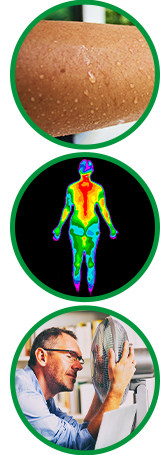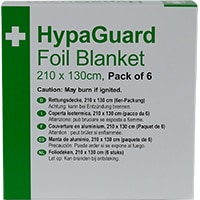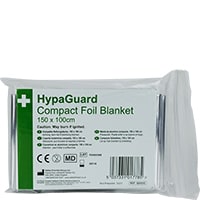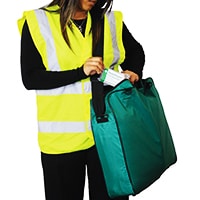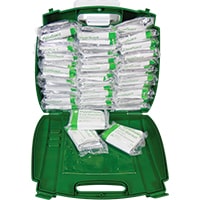
If you’ve ever seen news photos or videos from an emergency event, you may have seen paramedics wrapping victims in what looks like a thin blanket of aluminium foil. These foil blankets help victims to regulate their body temperature while they receive medical attention, but how exactly do they work?
Foil blankets (sometimes referred to as thermal blankets, space blankets or emergency blankets) are a lightweight mylar and aluminium covering commonly used by hikers, outdoor athletes, surgeons and first aid responders to keep the wearer warm in specific situations. They work by reflecting the wearers body heat, trapping it inside the blanket.
What are foil blankets made from?
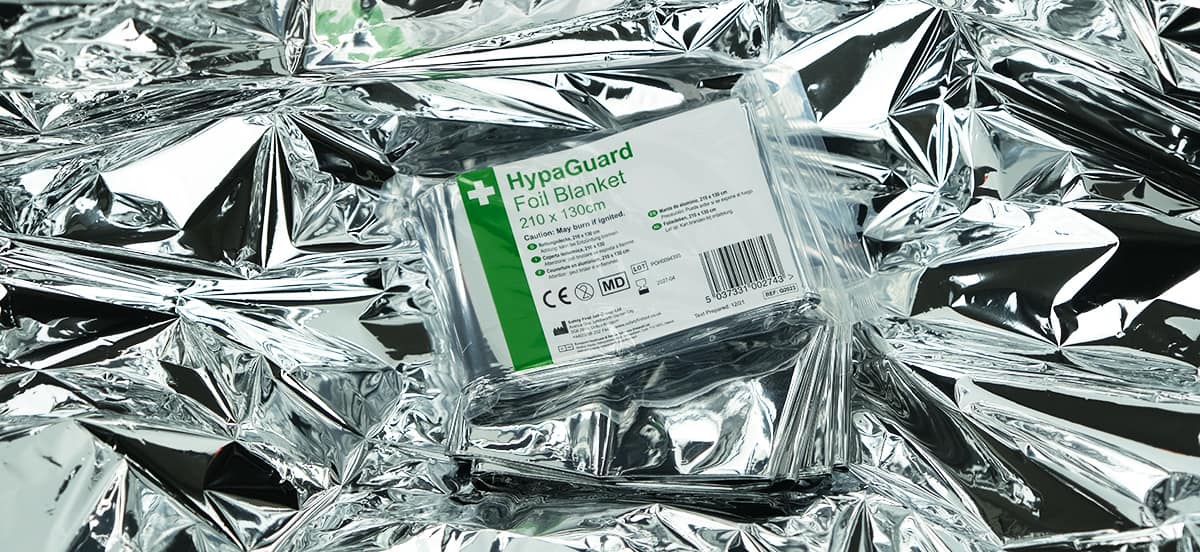
While they look like they’re made of metal, foil blankets are made mostly from a strong and thin plastic called polyethylene terephthalate, or mylar. The mylar is then coated with an extremely thin layer of vaporized aluminium. What results is a thin and flexible material that reflects most of the heat exposed to it.
How do foil blankets work?
Humans typically lose body heat in a few ways:- Evaporation: Evaporation is the process of water changing from a liquid to a gas. Sweat cools the body by wetting the skin and beginning the process of evaporation. If clothing is wet, the body will lose heat quickly through evaporation.
- Radiation heat loss: Radiation is the normal process through which the body gives off heat, usually occurring when the air temperature is below 20°C.
- Convection: Convective heat loss is the transfer of heat from a body to moving particles, typically the air. Air particles close to the skin are warmed by body heat via conduction, and this heat is carried away from the body by ambient air currents. Convective heat loss outdoors is commonly called “wind chill factor.”
- They prevent the evaporation of sweat by keeping the air around the skin humid
- Their aluminium coating is heat-reflective, and traps the natural heat your body radiates
- They are windproof and waterproof, protecting the wearer from cold gusts of wind and rain
When are foil blankets effective?
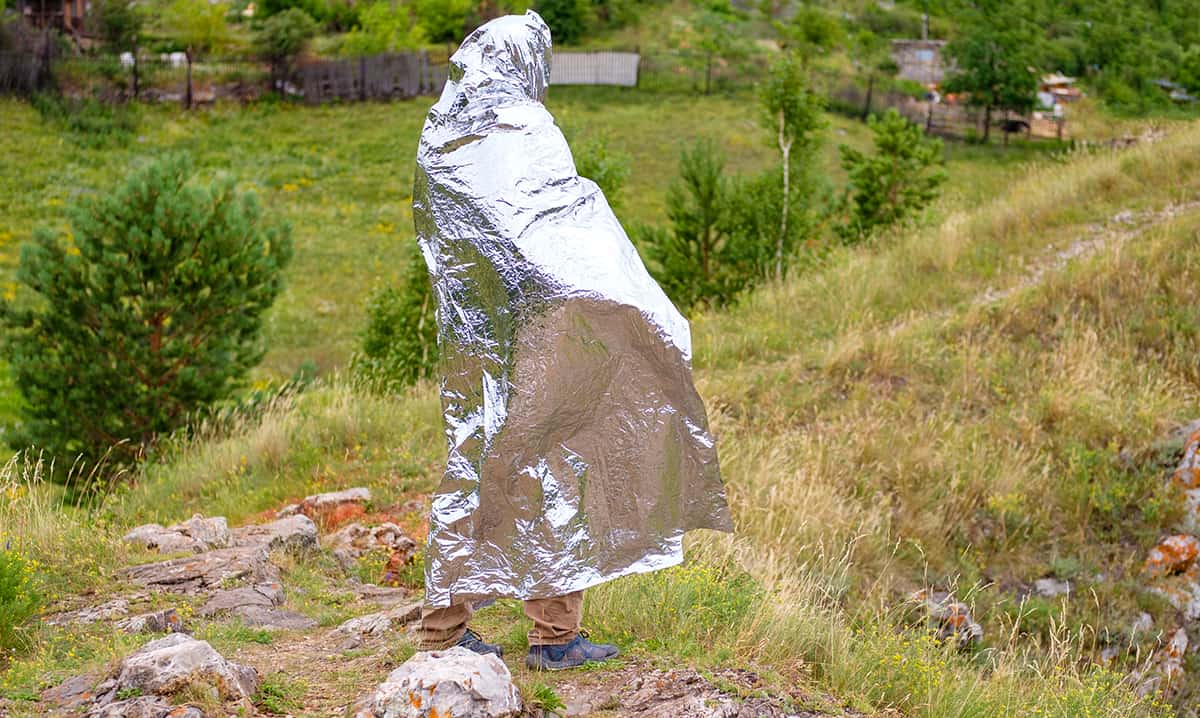
Keeping warm should be your priority in any survival or outdoor scenario. Foil blankets are cheap, lightweight, compact, and an important addition to any outdoor first aid kit. They also serve a variety of purposes outside of staying warm, such as:
- Emergency shelter: Foil blankets are waterproof and can protect from rain or light snow if fashioned into a tent or tarp.
- To keep cool: Just as the metallic side of a foil blanket reflects your body heat back to you, it can also be used to reflect heat away from you. For example, you can place a foil blanket on top of a tent with the shiny side facing outward to reflect the sun’s heat.
- To signal for assistance: The shiny side of a foil blanket can also be used to make yourself more visible from the sky outdoors.
About the author:
Jo Stokes is a writer, marketer and trained first aider at First Aid Online.
Find out more about Jo.
By Jo Stokes


